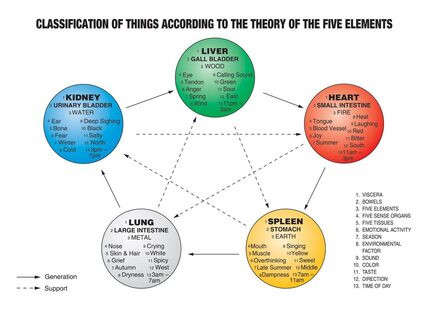
Ancient Wisdom, Modern Practice
Oriental Medicine or Traditional Chinese Medicine (TCM) is an ancient practice of healing recognizing the need for a balance in life force or qi (chee) that exists along energy pathways, or meridians, within the body. Incorporating the Five Elements and Emotions technique embraces understanding the interconnectedness of the natural cycles of energy flow and emotions. These cycles create a balance of mind, body, and spirit. Recognizing each patient is unique allows the practitioner to provide a customized treatment to realign any imbalances leading to improved health.
Oriental Medicine or Traditional Chinese Medicine (TCM) is an ancient practice of healing recognizing the need for a balance in life force or qi (chee) that exists along energy pathways, or meridians, within the body. Incorporating the Five Elements and Emotions technique embraces understanding the interconnectedness of the natural cycles of energy flow and emotions. These cycles create a balance of mind, body, and spirit. Recognizing each patient is unique allows the practitioner to provide a customized treatment to realign any imbalances leading to improved health.